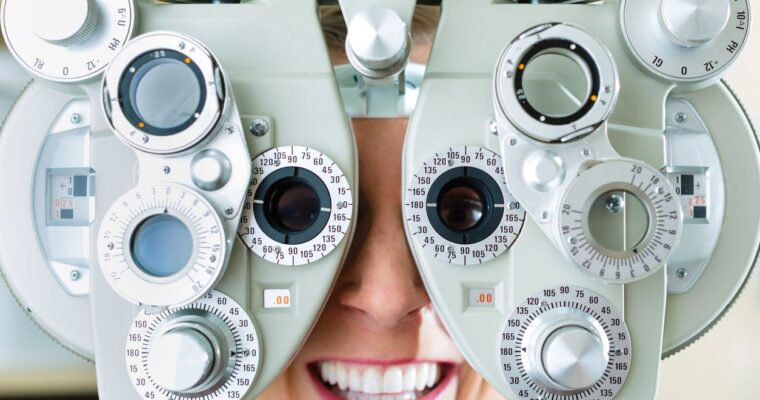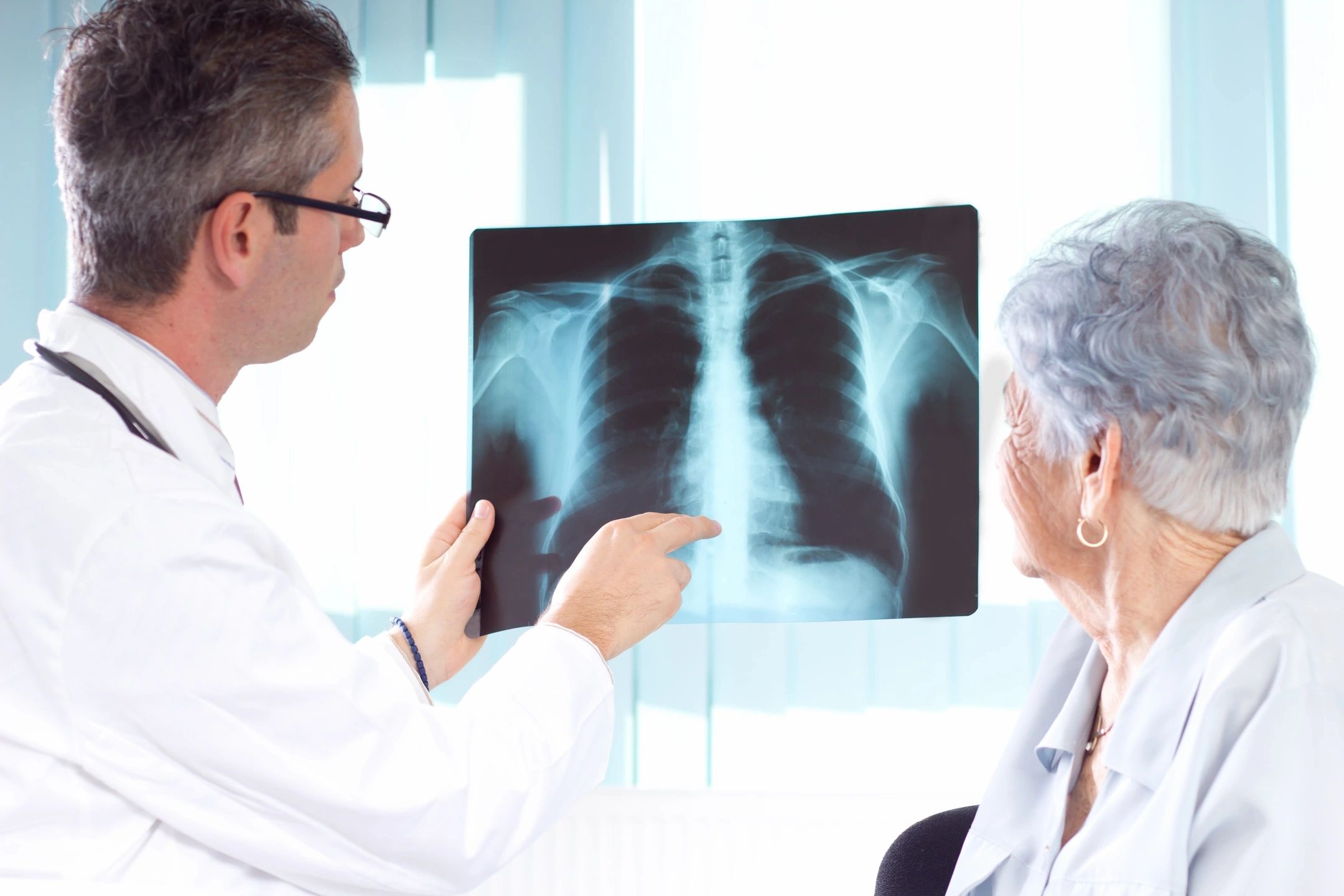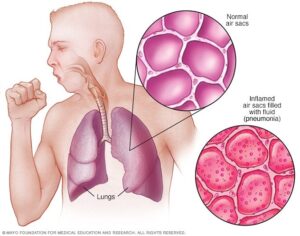SHILAJIT~WHAT IS IT AND WHY DO YOU NEED IT?
By: Allie Might, FMC, INHC, ATT
Shilajit, pronounced she-lah-jeet, is one of the most versatile nutraceuticals available. However, it is not commonly discussed and is beginning to gain traction within the wellness community. But just what is it? Let’s discuss this further and learn how it may be beneficial to you to add to your current wellness regimen.
Shilajit come from the Himalayans and has been a staple in Ayurveda Medicine for centuries. As certain plants go through the decomposition process with microorganisms (living things only seen under a microscope), it creates a powerhouse nutraceutical known as shilajit…talk about a “circle of life”. It is believed to be a safe nutraceutical for most people to use. The article ‘Shilajit: A Natural Phytocomplex with Potential Precognitive Activity’ from The National Library of Medicine National Center for Biotechnology Information, shilajit is a highly absorbable antioxidant making it ideal for promoting healthy cells and anti-aging.
Given the benefits of such a super antioxidant, Shilajit can be helpful for so many other areas of wellness. Men, particularly those over the age of 45, who are looking to increase DHEA, testosterone and/or free testosterone may want to consider shilajit, as it has been shown in studies to raise these levels when compared to those given a placebo. The abstract ‘Clinical evaluation of spermatogenic activity of processed Shilajit in oligospermia, has shown that shilajit has also been effective in studies when looking at male fertility. It was shown effective in increasing sperm count as well as sperm mobility, thereby increasing fertility.
Shilajit has been studied for its antiviral properties. It has shown to be helpful as an anti-inflammatory, for brain health and to support a healthy immune system. It’s been particularly effective when studied for such viruses as herpes simplex 1 and 2 and human respiratory syncytial virus (RSV). This is showing excellent signs of being a go-to immunity booster to aid in fighting certain types of viruses.
Brain health is a big concern for so many people. Shilajit has been shown to be a safe and effective for supporting healthy brain function. It has traditionally been used for enhance cognitive function and memory, including lowering the risk of Alzheimer’s disease by slowing the aging of the brain cells. It can also be effective for those with epilepsy and reducing anorexia. While more clinical trials are being done to further prove these uses, the preliminary studies show a lot of promise.
Heart disease is one of the leading health issue affect us today. Shilajit has been considered to be helpful in reducing triglycerides and cholesterol levels when compared to using a placebo. Thus, helping to lower risk of heart attack and stroke. It has also shown effective in relieving some of the symptoms for those suffering from heart palpitations and abnormal heart rhythms or arrhythmias. This has the potential to be a game changer for those with a history of heart disease.
So what makes shilajit so effective for such a wide variety of health and wellness issues? It is the fulvic acid that makes up a large part of shilajit. The fulvic acid comes from matter like soil, water sources and even peat. It forms in these types of natural matter when many types of plants breakdown and go through the natural process of decomposition, leaving fulvic acid. As you can see by the chart below, the list of benefits of shilajit, its minerals and furvic acid.

Fig. 1 Components of Shilajit (67)
As you can see, Shilajit can be helpful for a wide variety of health and wellness issues. As always, speak to one of our qualified nutritionists to find out the best way to incorporate this into your daily routine. I encourage you to try this versatile nutraceutical and let us know how you like this new addition to our amazing product line.
www.ncbi.nlm.nih.gov/pmc/articles/PMC3296184/
pubmed.ncbi.nlm.nih.gov/26395129/
pubmed.ncbi.nlm.nih.gov/20078516/
www.medicalnewstoday.com/articles/320318#use
iris.unito.it/retrieve/handle/2318/1521394/38005/Paper%20post%20print.pdf
www.medicinenet.com/what_does_shilajit_do_for_the_body/article.htm
www.webmd.com/vitamins/ai/ingredientmono-1320/fulvic-acid
Figure Ref: <a href=”https://www.researchgate.net/figure/Components-of-Shilajit-67_fig1_354861320″><img src=”https://www.researchgate.net/publication/354861320/figure/fig1/AS:1072656392654849@1632752621939/Components-of-Shilajit-67.ppm” alt=”Components of Shilajit (67)”/></a>









